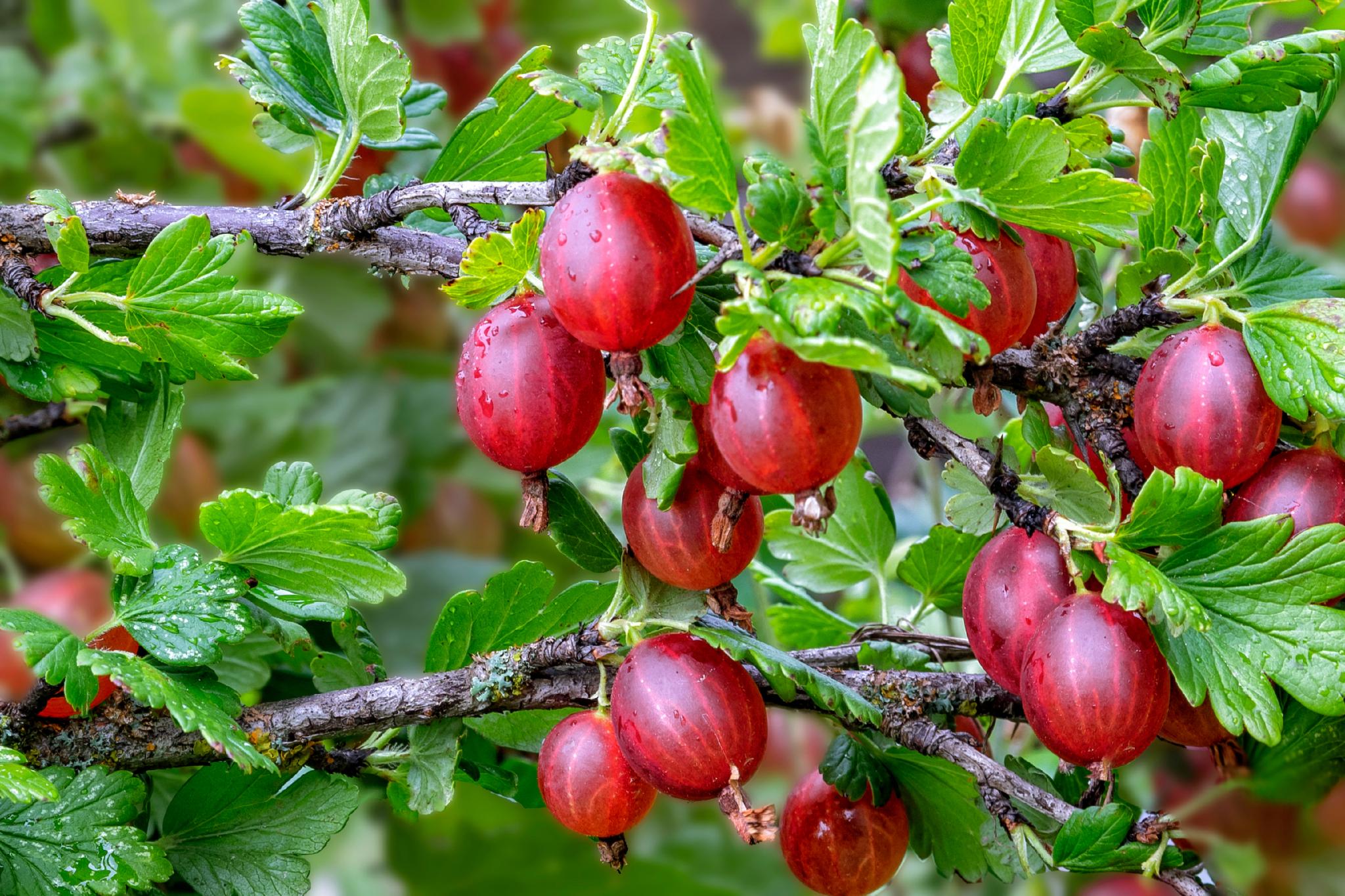
Sign up for our daily newsletter to get gardening tips and advice.
Planting, Growing, and Harvesting Gooseberries
- Underripe fruit is ideal for cooking; mature berries are sweeter and larger.
- If making preserves, harvest gooseberries before they are completely ripe–the natural pectin levels will be higher.
- Gooseberries make excellent wine.
ADVERTISEMENT
I thought I would indulge myself and plant a row of different kinds of gooseberries and one of currants -- about 18 bushes in all.
It turned out that the currant sawfly infestation is so bad every year that I have to pull all of the plants out. Since planting them in 2019 (or even earlier?), I have not been able to enjoy even one bowl of gooseberries. Pretty much every single berry has had a currant sawfly larva in it. Added protein, I know, but not very appetizing.
I had no idea that this could even be a problem. I feel terrible -- I waited to long for them to start producing, and then when I noticed the problem, I invested a lot of time and energy into trying prevent the sawflies from taking over, including putting row cover on them, kaolin, picking off the adorable green worms and feeding them to my neighbors' chickens... And all for naught.
But apparently I just have bad luck. When researching the matter, I read that someone here locally (I live on Puget Sound in Washington State) had such a bad infestation of currant sawflies that he had to rip out all his plants, but that just a couple of miles away his friend had no problem with his bushes.
I thought about giving away the bushes to someone who lives elsewhere, but wondered whether really it was safe, even if I get all the dirt off -- my master gardener friend confirmed my fear: she said it is best to destroy them, since the risk would be too great that I would spread the sawflies even farther.
I assume that my problem might have to do with the fact that I have native currants as well. In any case, I was surprised that the Almanac article didn't mention a word about the devastating currant sawflies!
I guess I could try to have just one currant bush, symbolically, to remind me of my dear Warsaw landlady's impressive row of red, black and white currants in her Grochów garden -- but unfortunately even trying to keep the sawflies away from that one bush would probably be incredibly aggravating.
Best to save my sanity and grow some native, problem-free, delicious blackcaps. :-)









